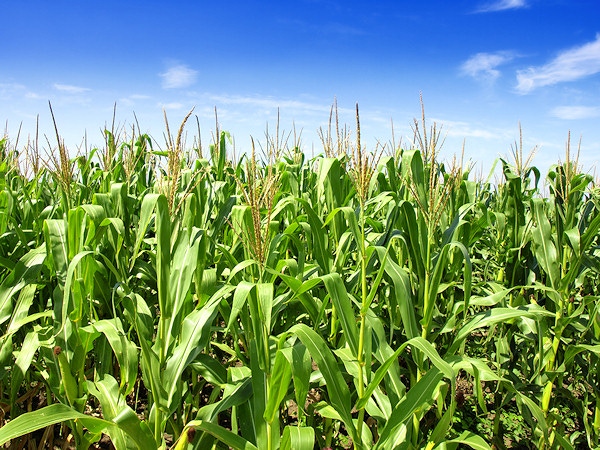August 26, 2013

Agriculture technology is a fascinating subject, but when you're living it it's probably a little more tedious. Capturing data, transferring data and interpreting the information are challenges the industry faces for the future.
Last week during the John Deere launch event, John Fulton, extension specialist, Auburn University, was on hand to talk about precision technology and and where the industry is headed. He noted that farmers are striving for efficiency and accuracy; input stewardship and managing data. And he made an observation that our colleagues at Corn+Soybean Digest have noted in the past too - we're close to managing information about each plant in the field.
"On the academic and research side we're looking at individual plants and we're learning a lot," he says. For example, how is a corn seed planted, oriented, placed at the proper depth and how does it singulate from the row unit.
Today it's possible on the research level, and more likely at the farm level, to look at individual seed performance. The key is the value of that information to the farmer, but with rising seed costs maximizing every seed that goes into the ground is important.
As part of his talk Fulton gave some interesting stats that we sometimes overlook - just how much information are we gathering on a per-plant basis each year? Turns out if you gather up soil type, location, inputs applied, growing conditions, irrigation water used and weather, you could be gathering about .85 kilobytes per plant. Doesn't sound like much but it adds up to about 26 megabytes per acre per year.
That's a lot of data to collect, manage and preserve. And that gives rise to the notion that the future of agriculture is Big Data. It's from that collected information that crop modeling software can look at all those factors and help you make big decisions. Fulton notes it's that kind of data that can show "how tire impressions impact plant performance," he notes.
Where can this big data go? Part of the challenge is managing larger equipment and understanding just how those tools are working. For example, a Deere DB-120 planter is often viewed as a large planter, but Fulton says in the future that should be thought of as "48 planters on a single toolbar," he notes.
Changing your perspective on data capture and management starts at the machine, but the idea of managing individual row units as "planters" will challenge your thinking. It's something to ponder as you consider all that data you're collecting.
If you've got input on how you're using data you collect, share it in the comments below.
You May Also Like




